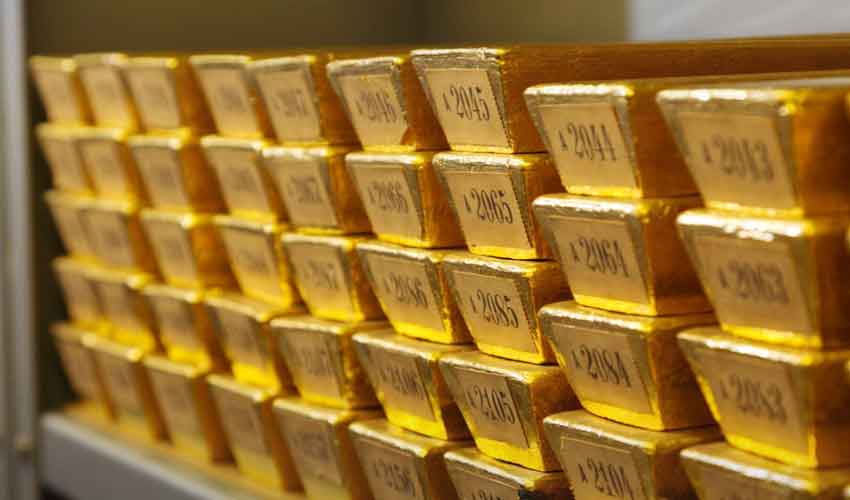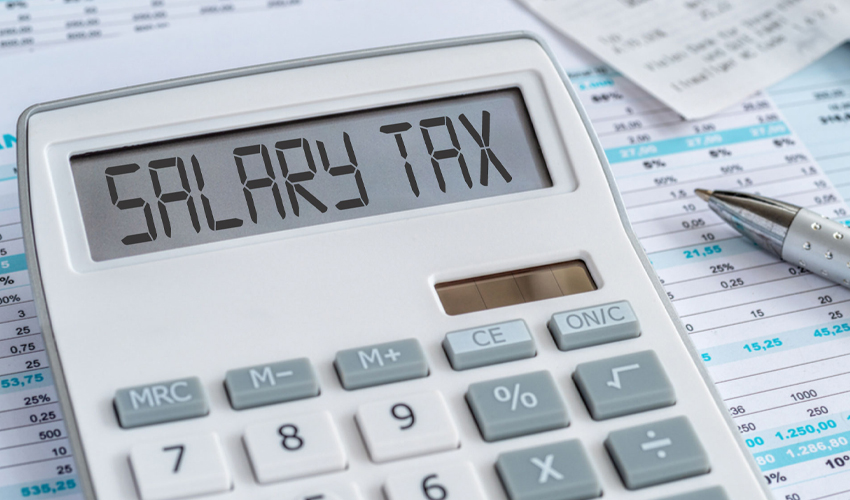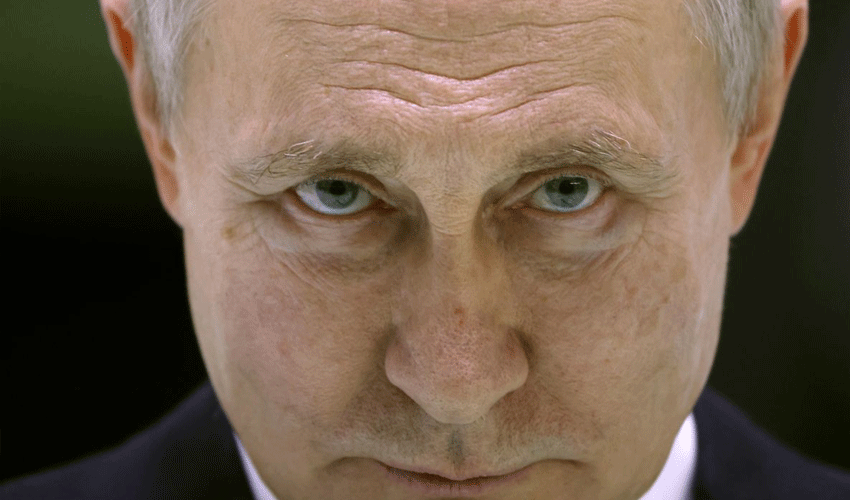A look at the day ahead in European and global markets from Tom Westbrook
A lurch lower in Australian inflation may be an encouraging sign for Thursday's U.S. figures, where a slowdown is also anticipated.
For both the U.S. and Australia, markets have been anticipating no further rate hikes, so the data Down Under served to reinforce expectations without driving any sudden price shifts.
Australian inflation in November eased to its lowest in nearly two years. The Australian dollar was steady as were, broadly, government bonds.
With 140 basis points of U.S. rate cuts priced for this year, there is a good deal at stake with U.S. inflation data and whether it can deliver on forecasts for a drop to its lowest since mid-2021.
Currency and bond trade in the lead-up on Wednesday was tentative and stock markets took the paths of least resistance: upwards in Japan, and downwards in Hong Kong and China.
China's blue chip CSI300 index (.CSI300) hit a five-year low and the Hang Seng (.HSI) a one-month low. Japan's Nikkei (.N225), however, hit a three-decade high for a second day running.
The data calendar is rather bare for Europe on Wednesday, with the day's most anticipated event a speech at 2015 GMT by New York Fed President John Williams, an influential policymaker who has been pushing back against market pricing for so many rate cuts.
Bitcoin was steady at $46,120 after spiking on Tuesday when an unauthorised party accessed the U.S. Securities and Exchange Commission's X social media account and posted a false statement that it had approved exchanged-traded funds for bitcoin.



























